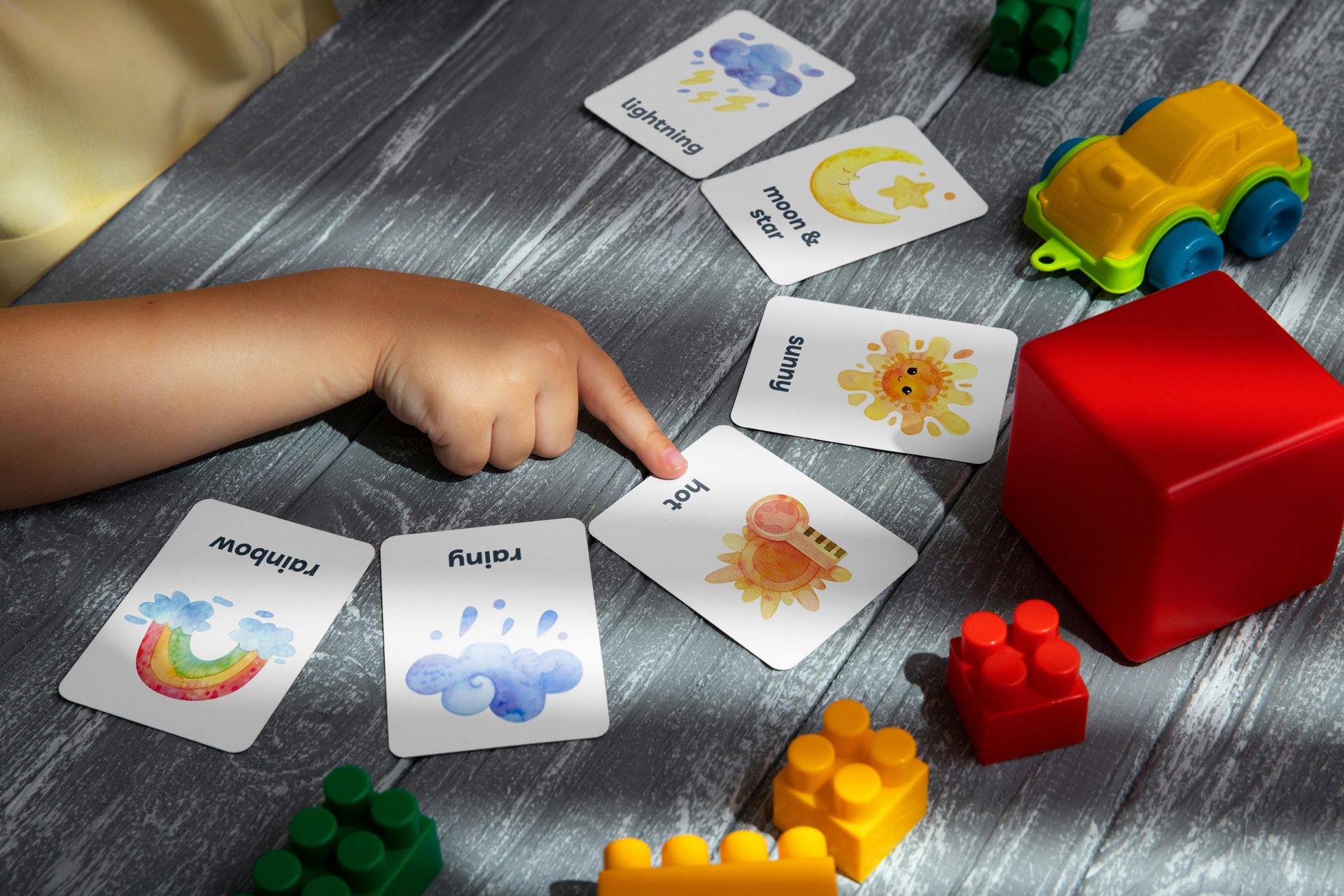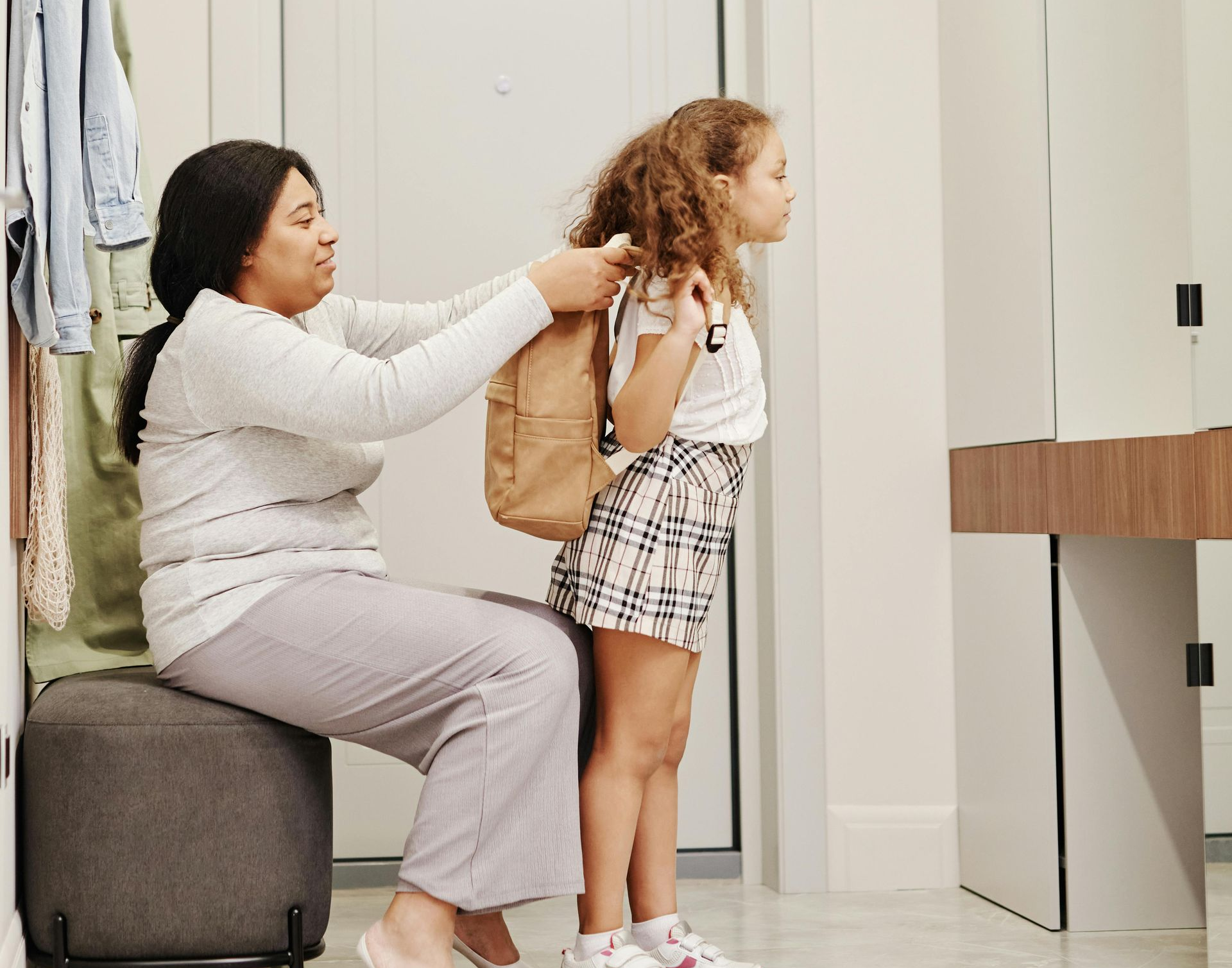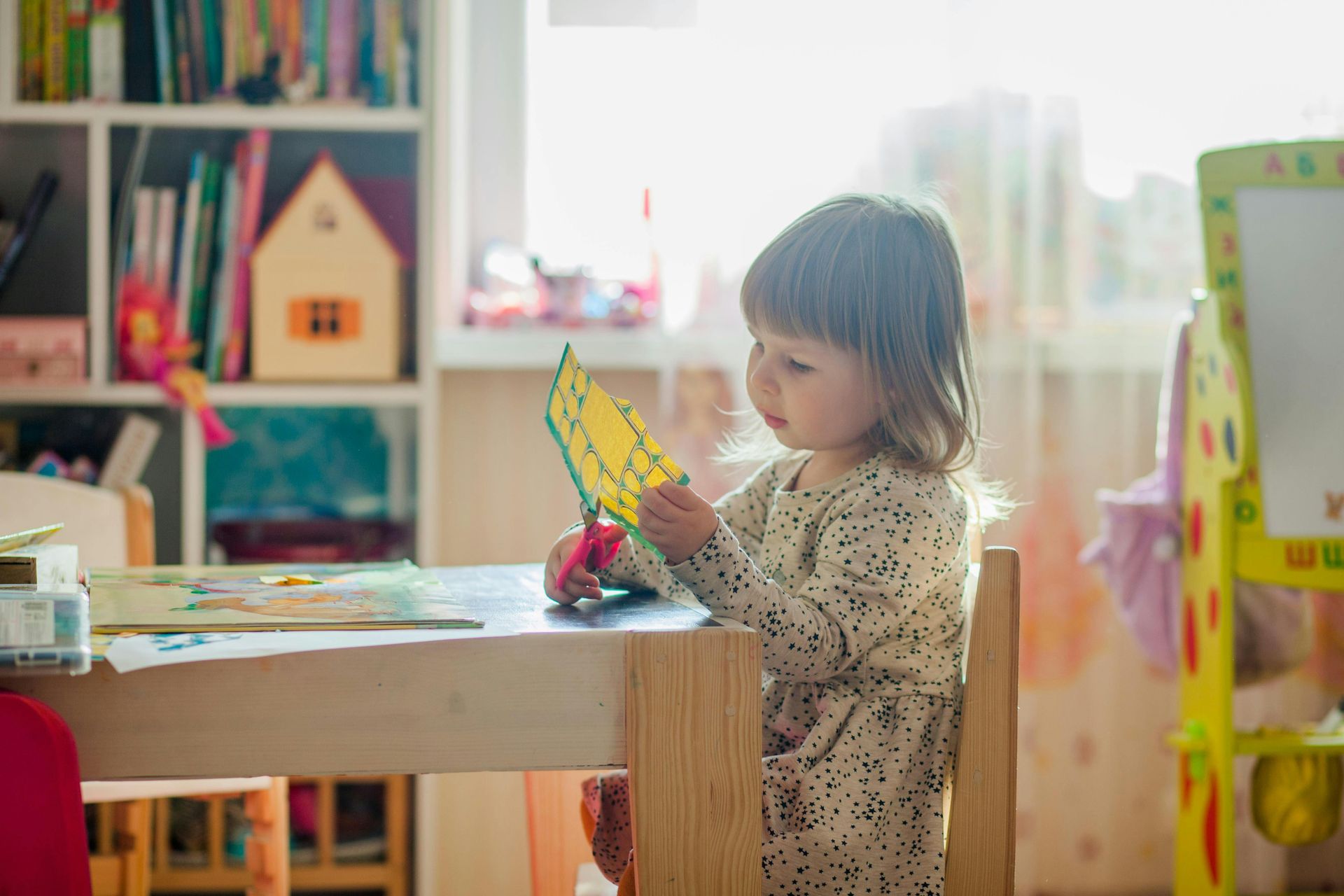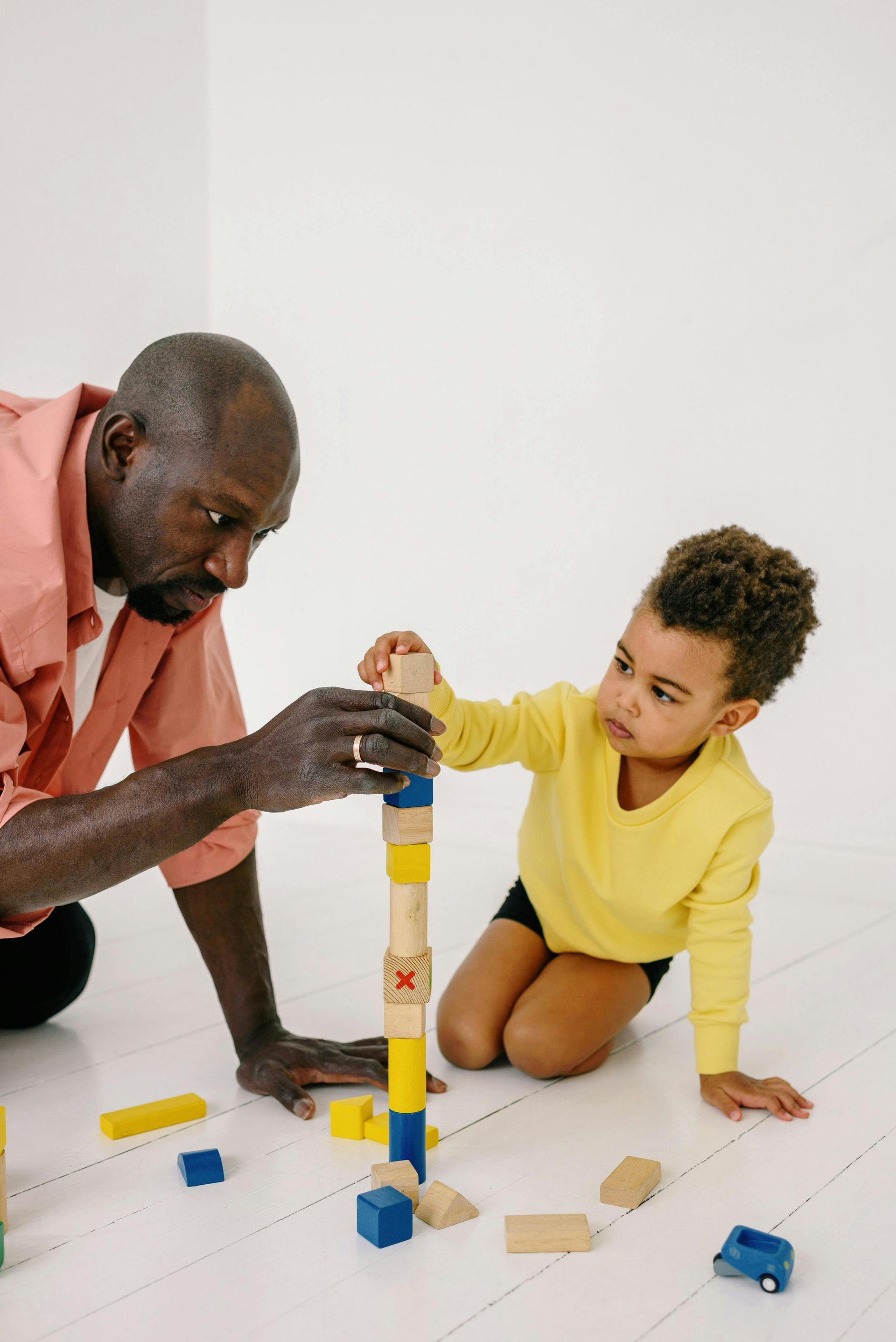Transition Tips to Help Children with Autism
Positive Reinforcement • January 13, 2021
Transition Tips to Help Children with Autism
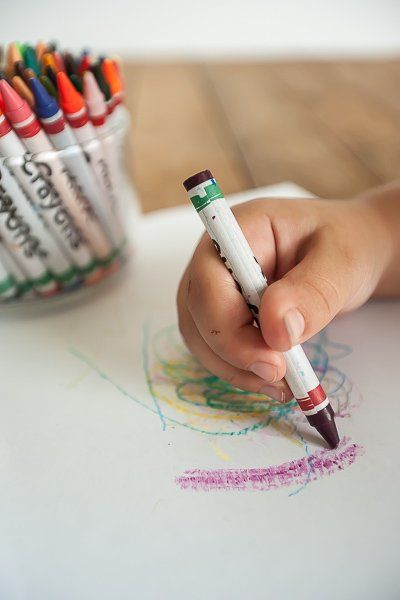
Transitioning between one activity to the next or to a different place can be difficult for some children. To help make a smooth transition for your child, here are a few tips:
1. Make a statement using the first/then concept.
Let your child know what will follow the current activity by provide them with a first/then statement. First/then statements can be used verbally, visually, or a combination. It can also be used to show that something positive will get to happen if the child is asked to complete an activity they don’t prefer. For example, you say “First, we are going to finish your math, then we are going to play outside.”
2. Give a Transition Notice
Before making a transition, give your child a notice of what they are about to do. You can provide a count down, such as, “In 5 minutes, we will…” or “3 more minutes”. Count downs may help the child recognize that their activity is coming to an end. Even for a child who does not understand the concept of time, this notice may provide the child with some time to move to the next activity.
3. Set a Timer
You can use timers to limit the amount of time at an activity as well as extend the amount of time they engage in an activity. Tell your child how much time is remaining and provide them with a verbal warning of the transition to come. It is important to be consistent when the timer goes off!
If your child transitions well be sure to encourage them with lots of praise. For more tips, visit our other blog posts. If you are interested in our ABA Services
in Northern Virginia, contact us at 703-576-5700.





